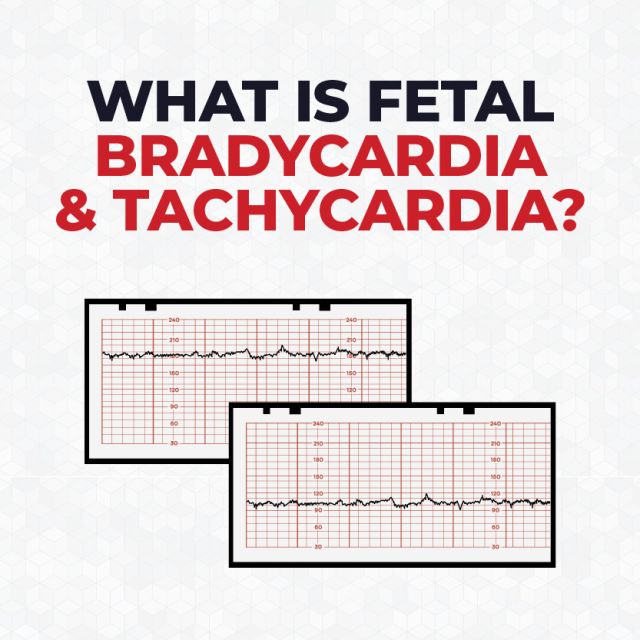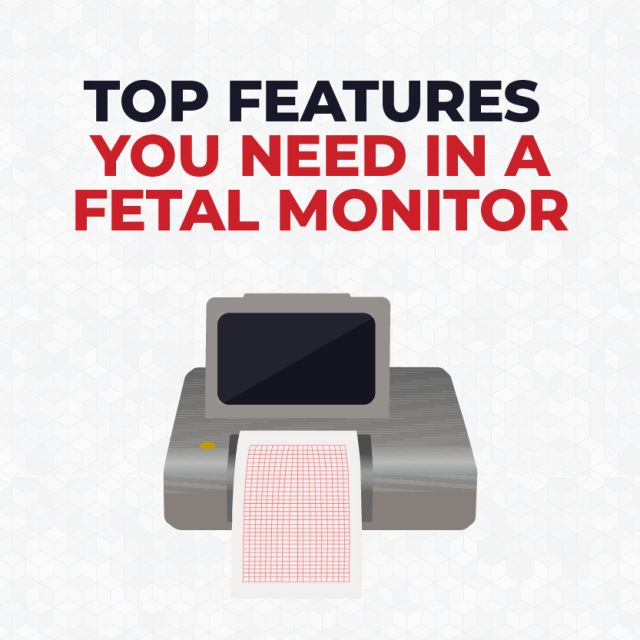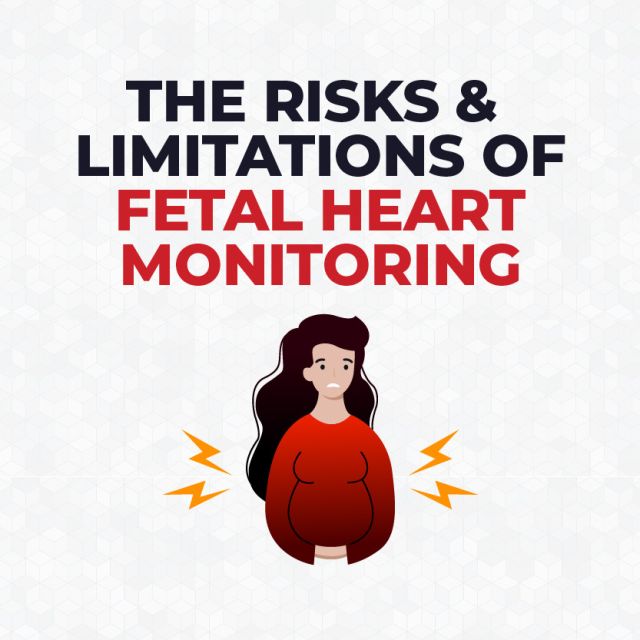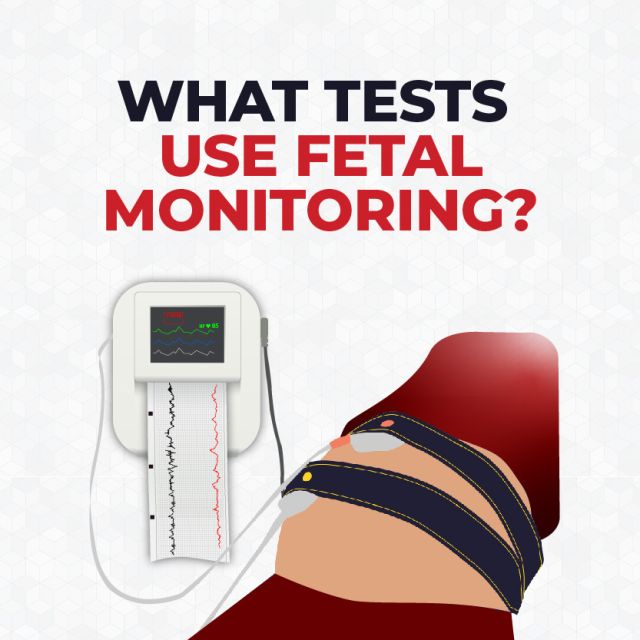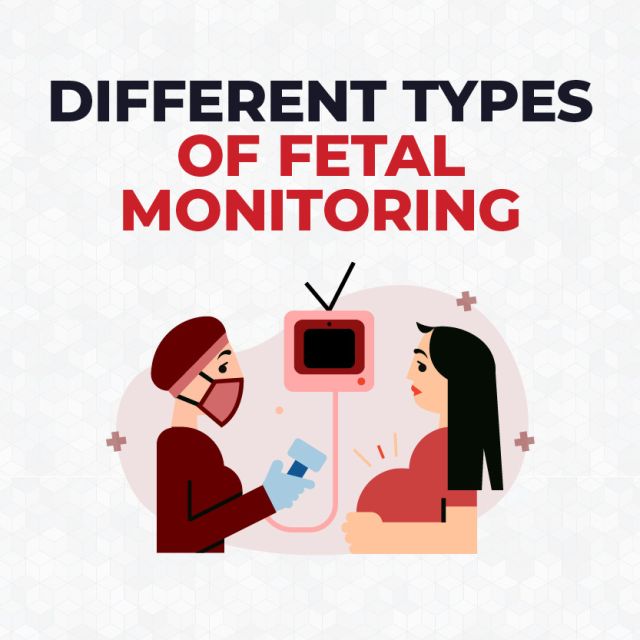Heart Disease: Silent Killer of Women in the U.S.

Heart disease gets less attention than breast cancer, yet is even more prevalent among women. One in four U.S. women will die from complications of heart disease, making it the leading killer of women in the country. We’ll take a look at how heart disease affects women, how it is treated, and what steps women can take to reduce their risk.
Coronary Heart Disease (CHD): The Number One Killer
There are several types of heart disease that affect both women and men, including coronary microvascular disease. In other words, the walls of the heart’s tiny arteries are damaged or diseased.
However, the most common type of heart disease is coronary heart disease. This is when plaque builds up in the artery walls of the heart. CHD will be the focus of this article.
What Causes CHD?
CHD generally starts with damage to the lining of the arteries. Smoking and second-hand smoke, high blood pressure, insulin resistance, or diabetes can all contribute to arterial damage.
Damaged arteries can lead to plaque build-up that can narrow the arteries. Narrowed arteries reduce blood flow to the heart, which can eventually cause chest pain or discomfort, referred to as angina.
However, if the built-up plaque ruptures, it can cause a dangerous blood clot that can block blood flow through the artery. This type of blockage is the most common cause of a heart attack.
Risk Factors for CHD:
Men and women generally have the same risk of developing CHD, but certain factors risk factors affect women differently. Some risk factors, such as birth control pills and menopause, affect women exclusively.
Here are some of the factors that increase the risk of a woman developing CHD:
- Diabetes and Prediabetes: High blood sugar levels associated with diabetes and prediabetes can cause plaque build-up in the arteries. Unfortunately, this can lead to CHD over time.
- Smoking: Smoking any amount of tobacco or exposure to secondhand smoke.
- High Blood Cholesterol: A lipoprotein panel is used to check a person’s cholesterol levels, which includes total cholesterol, LDL, HDL, and triglycerides.
- High Blood Pressure: Defined as pressures of greater than 120/80.
- Overweight/Obesity: BMI is at present the most useful measure of overweight and obesity. A BMI of 18.5 to 24.9 is considered normal weight; 25 to 29.9 is considered overweight, and 30 or more is considered obese. You can determine your BMI quickly and easily with a BMI calculator.
- Birth Control Pills: Women who take birth control pills and smoke are at a much higher risk for CHD, especially those over 35.
- Sleep Apnea: This is a condition that causes you to stop breathing up to 30 times or more an hour. Sleep apnea causes an increase in stress hormones, which can cause blood pressure to rise and lead to blood clots. Consequently, these clots increase a person’s chance of CHD.
Symptoms and Diagnosis:
Women can experience the symptoms of a heart attack differently than men. The most common symptom is pain in the chest, but a person may also have shortness of breath with or without pain.
Additional symptoms include breaking out in a cold sweat and feeling nauseated or lightheaded. Back, jaw, or stomach pain are also symptoms.
Doctors use a variety of equipment to determine a person’s risk for heart disease and monitor heart functioning. These include but are not limited to an EKG machine, chest X-ray, Holter system, and stress tests using a stress treadmill.
An EKG (electrocardiogram) is a painless test that measures and records the electrical activity of the heart, and which can show damage to the heart from a previous or current heart attack.
Doctors use an EKG device, which monitors, records, and prints the data. The monitors come in resting and stress varieties.
A chest X-ray takes images of a person’s organs, bones, and other internal structures, and can reveal signs of heart failure.
A Holter monitor is a portable device that records heart rhythms over a period of time; it is most often worn via electrodes on the chest for 24 hours.
These devices can help doctors detect irregular heart rhythms and other problems.
Stress test systems typically involve using a treadmill to make a person’s heart work hard and beat fast. Not being able to exercise as hard as what is considered normal for the person’s age may be a sign that their heart is not getting enough oxygen-rich blood.
Stress test machines also take pictures of the heart, while the person exercises and at rest, which helps provide clues as to how their heart is functioning.
Treatments for Heart Disease:
A number of interventions and lifestyle changes may be used to treat CHD.
Lifestyle changes include:
- quitting smoking
- eating a healthy diet that’s high in fiber
- maintaining a healthy weight
- being physically active
- drinking alcohol in moderation
When lifestyle changes alone are not enough, your doctor may prescribe medications that help reduce your heart’s workload, prevent blood clots, lower your blood pressure, lower your LDL cholesterol, etc. Ultimately, surgery may be necessary to widen or bypass clogged arteries.
The best medicine truly is prevention. Adopting or maintaining a healthy diet is one of the most important things a woman can do to reduce her risk of heart disease.


